Spring Gardening Tasks to Start Your Garden Off Right
#1 – Stretch Before You Work
On the first warm, sunny days of spring, our inclination is to head right on outside and start raking. But I assure you, if you do this without warming up those muscles that you haven’t used since last fall, you’ll be sorry! I am writing this as muscles I forgot I had are still aching two days after I worked in my garden for the first time.
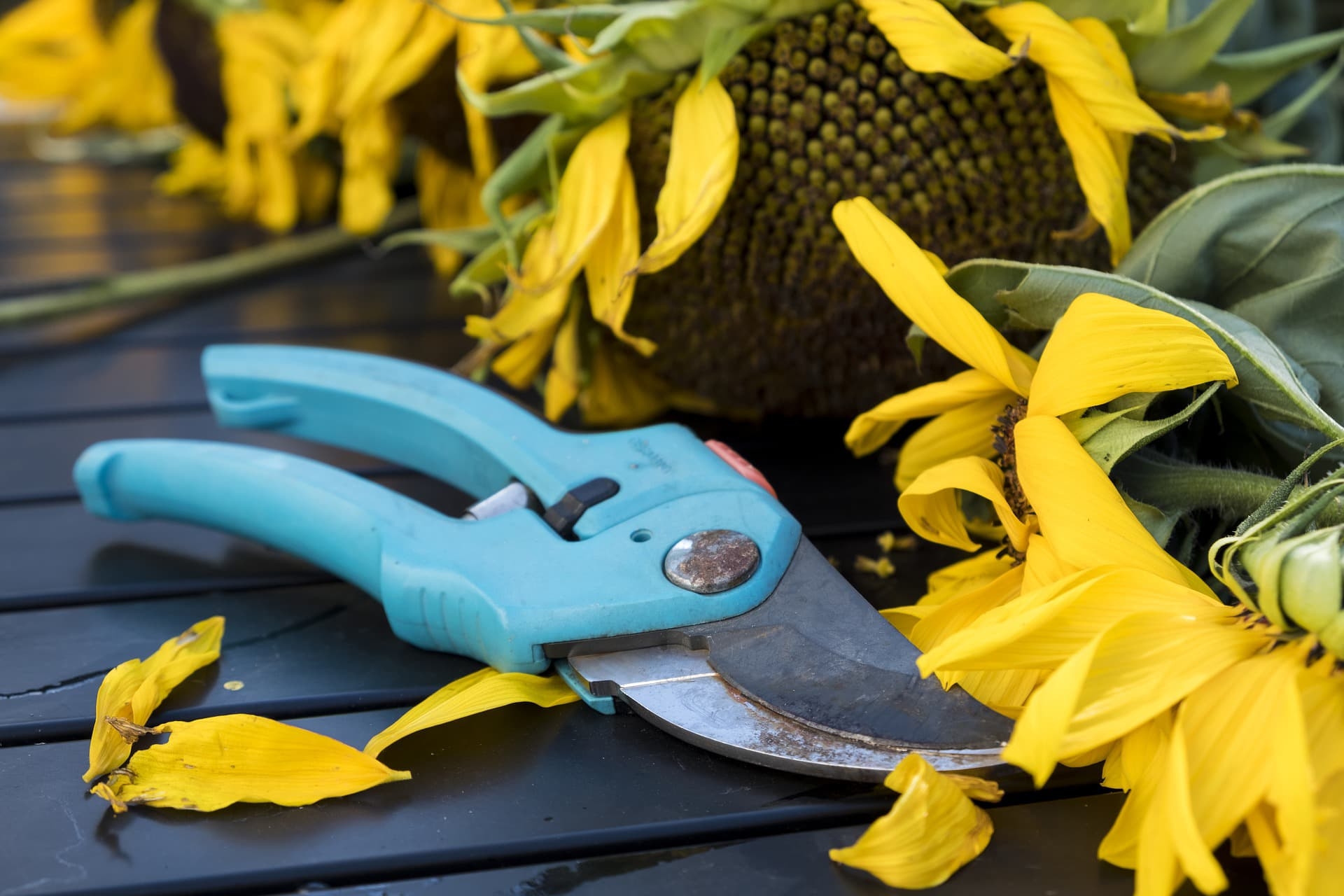
#2 – Clean and Sharpen Your Tools
Spring cleanup will be a thousand times easier if you have a sharp pair of pruners and rust-free, sharpened shovel to work with. And if you garden with gloves like I do, there’s a cheap thrill to be had by breaking open a new pack of gloves for the season. (I prefer the kind with rubbery grips like this.) Take the time now to clean, sharpen and oil your tools and fill your wheelbarrow tires with air before you begin the new season.
#3 – Clean Out Your Garden Beds
This is a big one, and I promise it will be easier if you do #1 and #2 first. I clean out my garden beds in early spring every year just as the bulbs first begin to peek out of the soil, but if weather permits, you could do it even earlier in your garden.
Use your hands or a rake to remove any matted down or piles of leaves that have blown into your beds over the winter, taking care not to disturb any tender plants that are just beginning to emerge. You want the spring rains and sunshine to moisten and warm the soil. This is also a good time to cut back any perennials you didn’t cut down in fall, including removing any tattered leaves from your Lenten roses, coral bells, foamy bells or foam flowers.
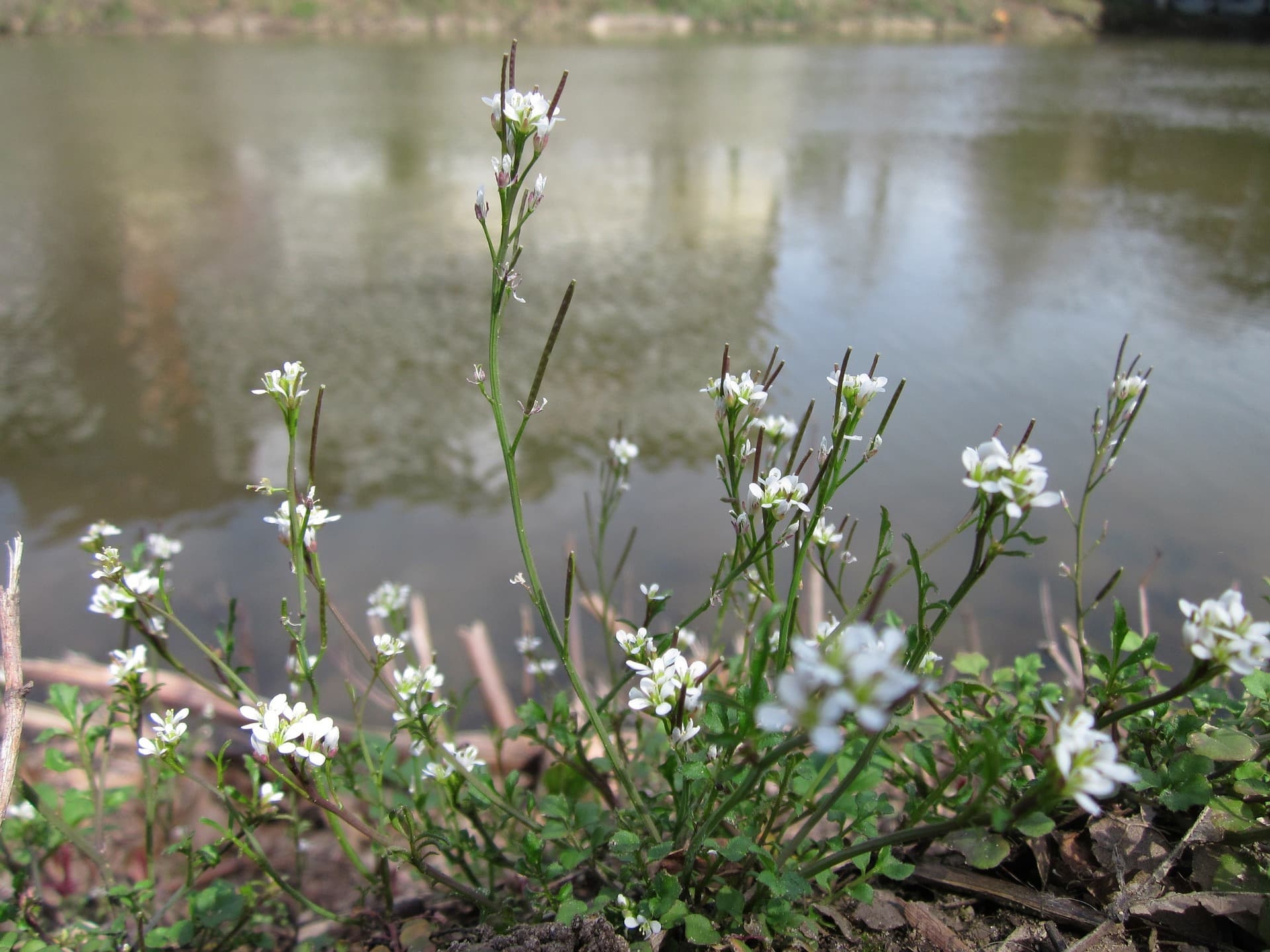
#4 – Pull Weeds
This unavoidable task starts first thing in spring when you’ll likely find a few opportunistic weeds that sprout before anything else in your garden. Ignore them now and you’ll have a much bigger problem on your hand by early summer when all their seeds have sprouted. A few early weeds to watch for include: purple deadnettle, common chickweed, hairy bittercress and shepherd’s purse. Dig deep to get the plants by their roots or they will be back in a flash.
#5 – Redefine the Edges of Your Garden Beds
Early spring is a good time to sharpen the edges of your garden beds to keep grass from growing into them. You might want to reshape the beds’ edges while you’re at it by adding a deeper curve here or crisp square corner there.
Lay your hose out along the bed to help visualize where the new edges will be, keeping in mind whether or not you’ll be able to mow along it easily. Then use a flat shovel or an edging tool to make straight cuts in the turf all along the length of the hose. Do not throw the grass clumps into the bed as they will likely regrow there. Instead, reuse them to fill bare patches in the lawn or shake the soil off and compost the turf.
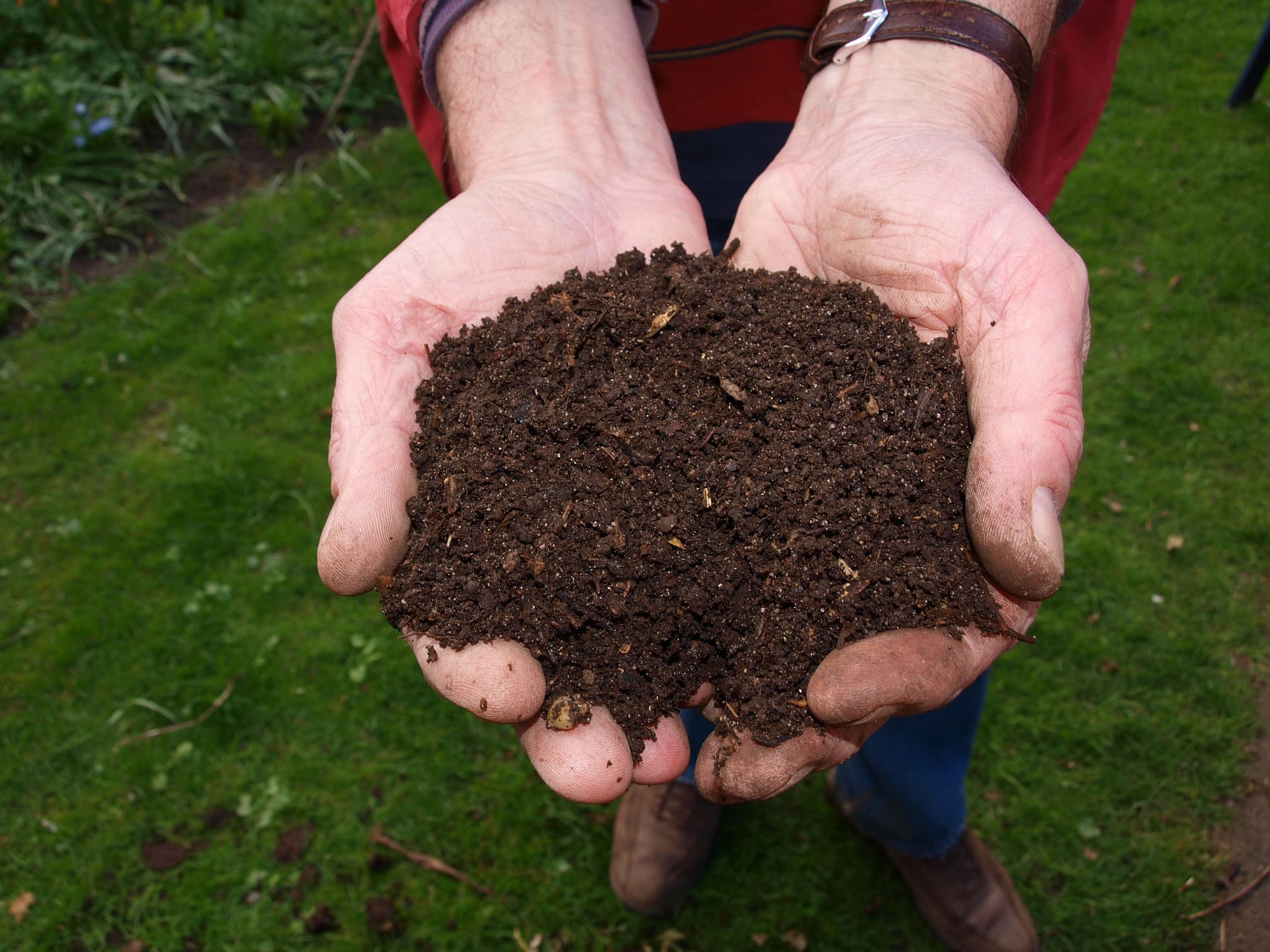
#6 – Prepare the Soil
Early spring is your best chance to enrich your soil without disturbing the plants. In established garden beds, it’s a good practice to spread an inch or two of good quality compost, manure or humus blend over the top of the whole bed. Over time, this practice will enrich your soil and improve its texture. In my garden, my native soil is beach sand with a little humus mixed in. But because I have enriched my garden beds every fall with shredded leaves and every spring with a healthy mix of soil amendments for the last ten years, the top 12” of my soil is now filled with nutrients. My reward is lush foliage and gorgeous flowers every year.
#7 – Time to Prune (Some Plants)
Pruning is truly an acquired skill, and it takes some time to learn which plants to prune in spring vs. fall. This guide from Proven Winners is great at explaining how and when to prune all of the shrubs in this line. In early spring, start by pruning out any dead or damaged wood from your shrubs. That includes the woody stems of perennial rose mallow.
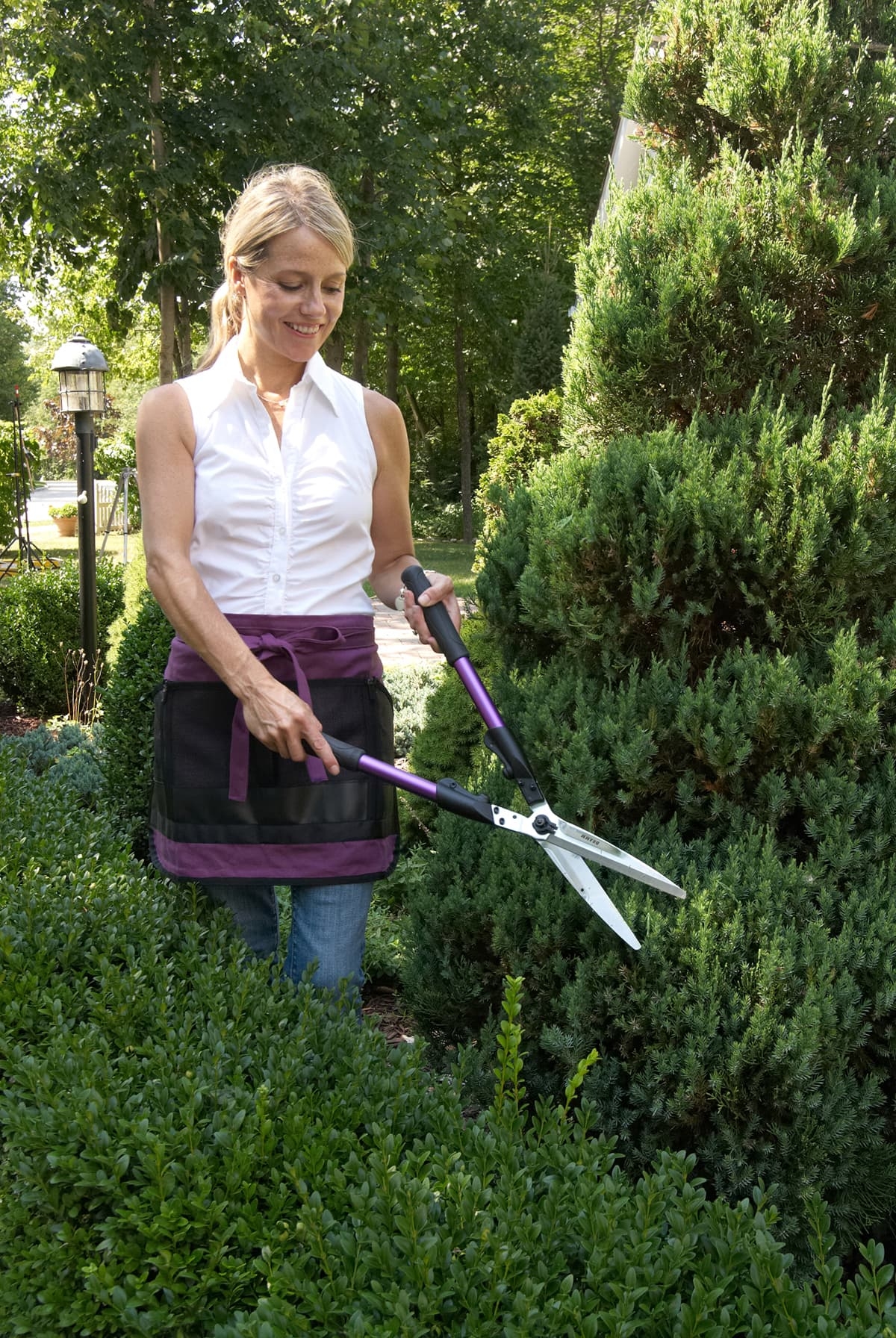
Once they have finished putting out a new flush of spring growth, prune your evergreen hedges and shrubs to shape them, if you prefer that look. For deciduous shrubs (those that lose their leaves in fall), take care not to prune any that bloom in spring now or you’ll accidentally cut off this year’s flowers.
#8 – Divide and Transplant Perennials and Shrubs
Cool temperatures and frequent rains makes spring a perfect time to divide or transplant any perennials or shrubs that have outgrown their space or need a new home. You can do it as soon as the ground is no longer frozen, even when the plants are still dormant. The lack of foliage will help the plants be less stressed by the move so they can focus on putting down roots in their new home. And if you have a gardening friend you’d love to trade plants with, now is the time to get together and start swapping.
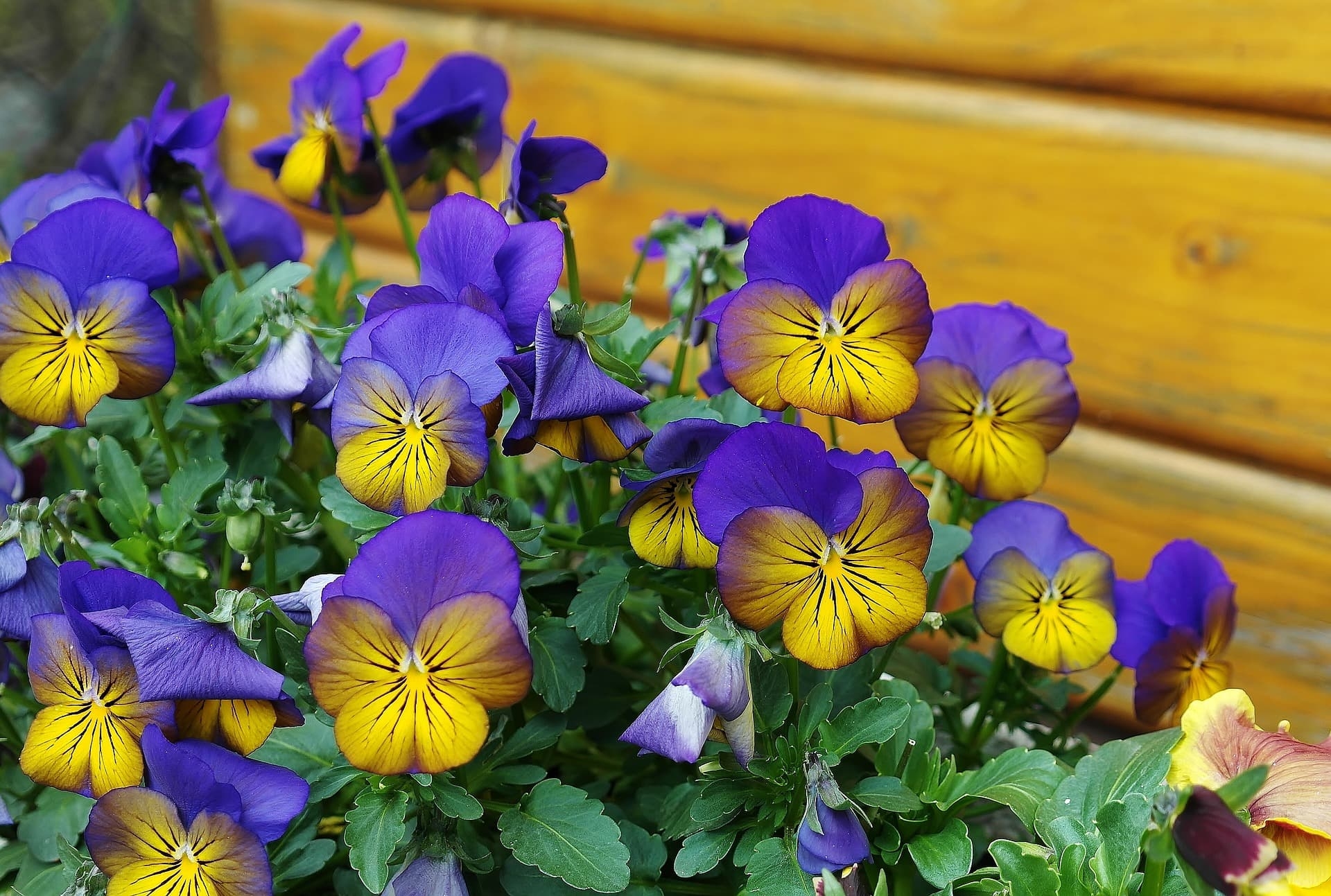
#9 – Plant Cool Weather Annuals and Vegetables
If you’re dying for some color after a long winter, head to Garden Crossings for some cool season flowers like pansies, nemesia, African daisies and lobelia. All of these are safe to plant outdoors in spring. But if you think temperatures are likely to dip below freezing again, plant them in containers that can easily be toted into the garage if that kind of weather is predicted.
Spring is also the time to start your cool season vegetable crops. Peas, lettuce, spinach, cabbage, radishes and beets all thrive in the garden this time of year, but each type of plant needs the soil to reach a specific temperature before its seeds will germinate. This guide from the Michigan State University Extension will get you started.
#10 – Research and Plan Your Garden
If you didn’t spend the winter months pining over gardening catalogs and websites, it’s time to get up to speed and start thinking about what you’ll plant this year. Will you follow a certain color scheme this time around? Do you need to plant a privacy hedge to screen out your new noisy neighbors? Do you want to grow more of your own food? The knowledgeable, friendly staff at Garden Crossings is ready to help! We’ll be happy to help you find exactly what you need to love your garden even more this year.
